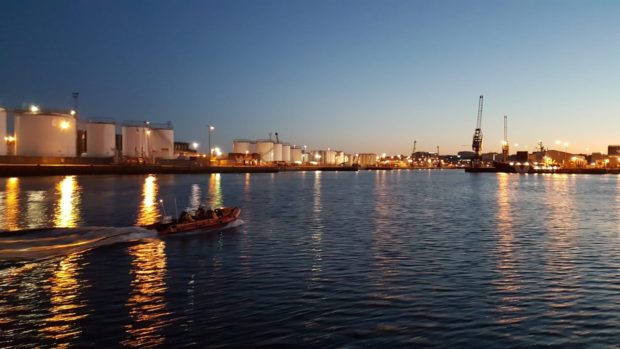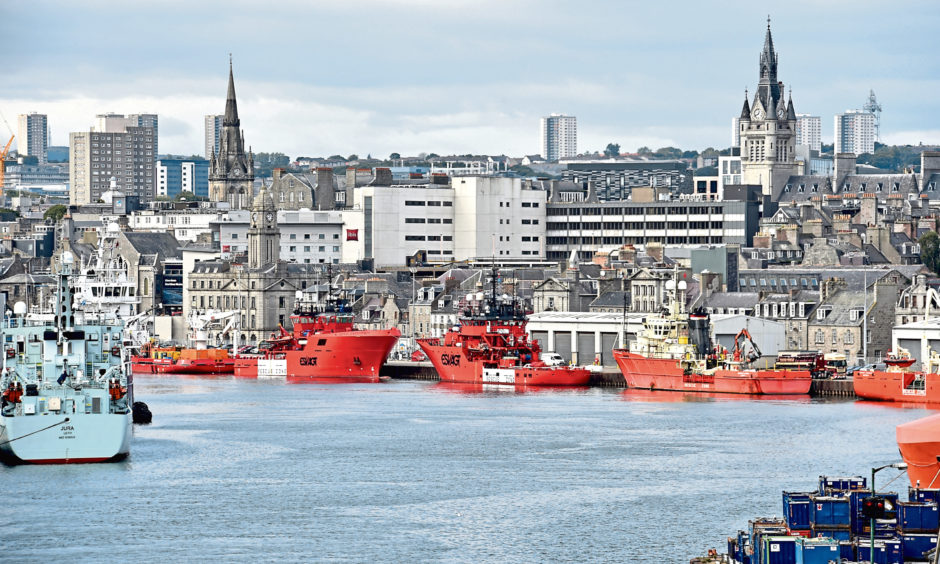Developers will be able to ignore normal planning rules and move at a “far quicker pace” in Boris Johnson’s post-Brexit free ports – raising fears about the impact on local communities.
A number of ports in the north-east, including Aberdeen, are understood to have bid for free port status, after promises of extra investment from Number 10.
MPs heard on Wednesday evening that the successful bidders, of which there could be 10 nationally, will be given permitted development rights, which allow certain types of construction without needing to apply for planning permission.
There are thresholds, so we’re not talking about super-projects being built.”
Richard Ballantyne, British Ports Association
The revelation came during an international trade committee evidence session and has caused concern that communities could lose control of their quayside.
At 2.30pm, we will be holding the second evidence session of our inquiry into UK Freeports. We’ll be taking evidence from industry, local government, customs and legal experts.
Watch the session live here: https://t.co/OFizfZ8sSp
— International Trade Committee (@CommonsIntTrade) September 9, 2020
British Ports Association boss Richard Ballantyne explained: “It gives port authorities and others the ability to move forward with developments at a far quicker pace than with the normal arrangements.
“Permitted development rights will give you that ability to respond quickly and if you are trying to attract an oversea international inward investor, they understand things like planning processes, they understand permitted development at a very international level and they see that as being very helpful for guaranteeing their investment so that development can come off.”
Labour MP Matt Western cut across to ask: “Does that not mean that local communities will not have any say about what gets built on their quayside and what their portscape looks like?”
Mr Ballantyne said there would be local consultation, adding: “There are thresholds, so we’re not talking about super-projects being built.
“But, we’re proposing this would bring the ports in line with airport operators who have marginally more flexible arrangements.”
A free port is a zone within a country that is treated, for customs purposes, as an independent jurisdiction. This means goods can be manufactured, imported and exported in the zone without incurring normal barriers to trade such as tariffs and customs duties.
Supporters of the idea argue that introducing free ports has already been successful in countries such as the United Arab Emirates, where the Jebel Ali free zone in Dubai now hosts 7,000 global companies, employs 145,000 people and accounts for around 40% of the UAE’s total direct foreign investment.
Opponents of the policy have warned, however, that they can bring “all sorts of potential risks” – from money laundering to a cut in local authority business rate revenue.

